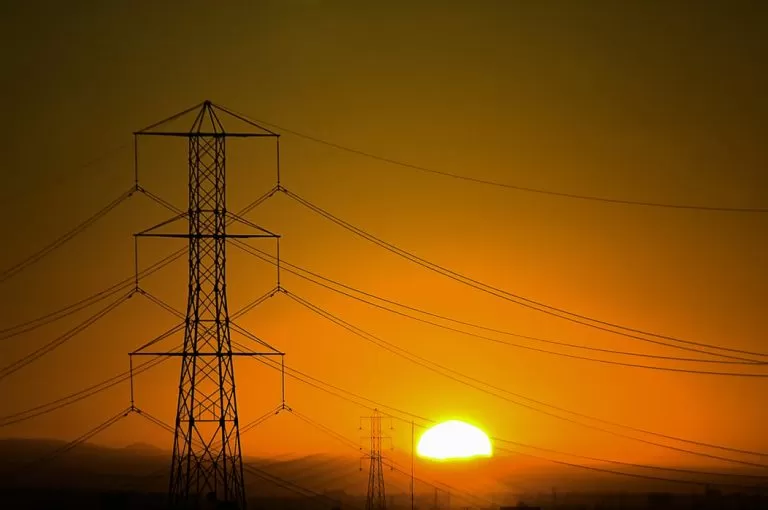Check out our White Paper Series!
A complete library of helpful advice and survival guides for every aspect of system monitoring and control.
1-800-693-0351
Have a specific question? Ask our team of expert engineers and get a specific answer!
Sign up for the next DPS Factory Training!

Whether you're new to our equipment or you've used it for years, DPS factory training is the best way to get more from your monitoring.
Reserve Your Seat Today
Utilities, even when they are private, are designed for the public. The public relies on utilities for electricity, for water, for communications - in short, for everything that we use as a society. That's a lot of pressure. Utilities have to be on the ball, every day, every hour, and every minute, or else the public suffers - and so does their reputation.
But the present isn't the only concern of a utility. You also have to look at the future. We're going to be using more electricity from different sources. We're going to have to monitor water use more closely. And we're going to communicate more regularly.
Not only that but as grids get smarter and systems become more interconnected, the wave of data and the need for real-time decision-making will increase. You'll have to do more with more specific data more effectively. So how do you manage the present and prepare for the future? One way is to invest in a comprehensive SCADA system for utilities.
A Supervising Control and Data Acquisition system helps you keep an eye on your operation, troubleshoot immediately, handle data, and make faster decisions. It's an effective way to keep things running today and prepare for tomorrow's complexity.
A SCADA system helps you maintain public trust while making you more efficient, reputable, and profitable.
As its full name implies, there are two main components of a SCADA system for utilities:
It all starts with the data.
When you develop a SCADA system, you will first have to understand everything that needs to be monitored. This includes all of the electrical and mechanical components, environmental factors (like heat), communication tools, and even whether the door to the remote substation is opened or not.
How do you monitor everything? With Remote Telemetry Units (RTUs). RTUs are analog or discrete sensors that are set up to monitor "events." These events can be just about anything, from a surge in a distant part of a system to the temperature rising too high or a battery running weak on power.
There are multiple interconnected events throughout your entire system. So the RTUs are constantly monitoring, and sending information to the second part of the SCADA system, the master station.
A master station is the central command center, taking the information and acting upon it. So let's say that one part of your system is experiencing a usage surge that could impact other areas. The RTU sends that information. The master then sends requests to other RTUs to obtain information and get a clearer picture.
The master can then take direct action, like lowering power in one area to dedicate to another. It could shut down one section to maintain balance. It might alert you through a text or email. Depending on the situation, it could also alert first responders.
This all happens immediately, in real-time.
The benefits of this are clear: you have the ability to keep eyes and ears on your entire system, and can act immediately. This information will transform your utility and keep you strong through changing times.
What does all this information and action mean for you? It will help you in many areas.
This is the most obvious one. If you understand what's going on in your system at all times and can act immediately when there's a problem, you're ahead of the game. You won't have to wait until there's a disaster in your system to repair it.
Not only that but instant, automatic fixes result in less downtime and greater reliability.
There's nothing worse than not catching a problem before it's too late, but there's a pretty close second - sending your people to a remote station when they don't need to go.
Wasted windshield time is expensive and weighs heavy on your resources. That's inefficient.
But knowing what's happening in your system means being able to prioritize your work, focusing on what matters most - including their costs. Our technicians can work with you to install RTUs with easy-to-use interfaces for more automatic responses. Reach out and get a quote today!
Image courtesy Unsplash, Robert Thiemann